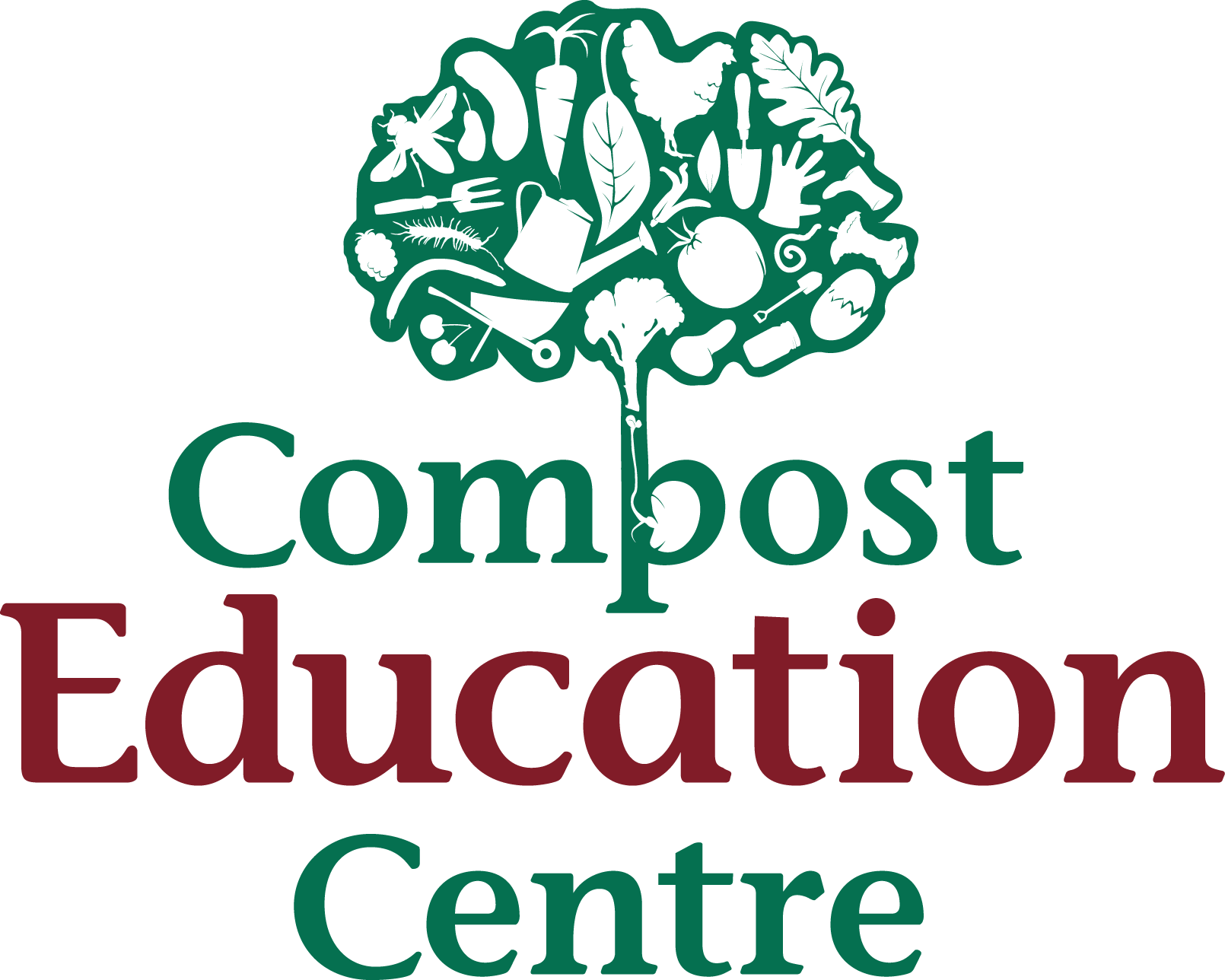Project Background
Healing City Soils (HCS) is a partnership between the Compost Education Centre, mycologist, applied environmental scientist and HCS Program Creator, Danielle Stevenson, environmental analytical chemist, Professor Matt Dodd, and Royal Roads University Bachelors of Environmental Science Program.
HCS is about getting to know the soil beneath our feet, and building community around healing it. Learning about the soil where we live also means honoring that the South Island is comprised of the traditional territories of the Lkwungen speaking peoples, the Songhees and Esquimalt Nations, the SENĆOŦEN speaking communities of the W̱SÁNEĆ Nation, as well as the T’Souke and Scia’new First Nations. At the CEC we seek to respect, honor and continually grow our own understandings of Indigenous rights and history, and to fulfill our responsibilities as settlers, who live and work directly with the land and its complex, vital ecologies and our diverse, evolving communities*.
Ensuring that soil is healthy is the first step to any agriculture project; from backyard growing to community and boulevard gardening. Urban and even rural soils can sometimes contain heavy metals and other contaminants as a result of our industrial past and present. Potentially toxic soils can be a concern for food gardens as the contaminants may be taken up into or onto our veggies and fruits. Soil testing can be expensive, and results, often heavy with scientific language, can be complex, confusing or disheartening. Any of these things can create barriers to getting more folks growing their own food and understanding why the health of their soil is vital to local ecosystems, our communities’ well-being, and to mitigating the effects of climate change.
The goal of Healing City Soils is to analyze the health of the region’s soils and create a virtual soil map of the Capital Regional District highlighting areas where heavy metals may need to be addressed before growing food. This map is paired with factsheets and workshops to empower people with the knowledge and skills to grow food safely or to heal the soil with compost, plants and mushrooms.
*Here are just three examples of many where you can learn more about First Nations communities where you live, see: The First Peoples Cultural Council Language Map of BC, Native Land or visit First Nations Land Rights and Environmentalism in BC.
